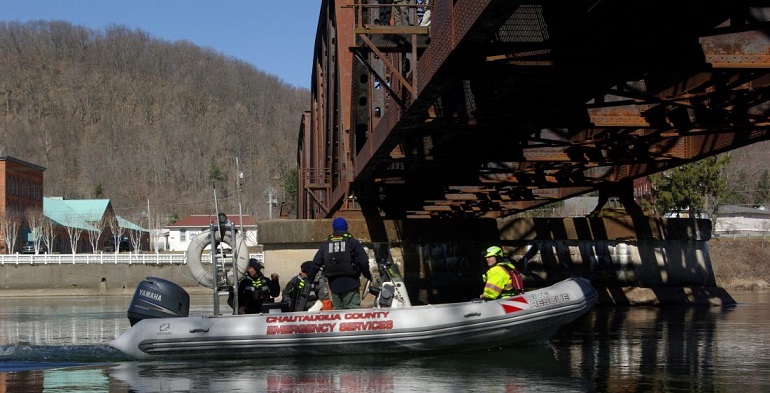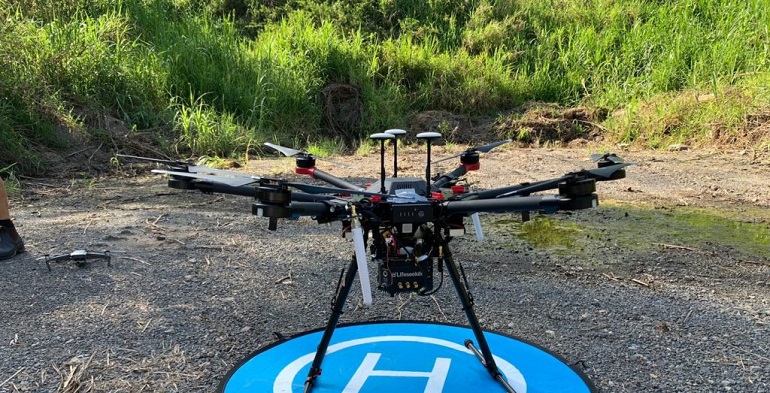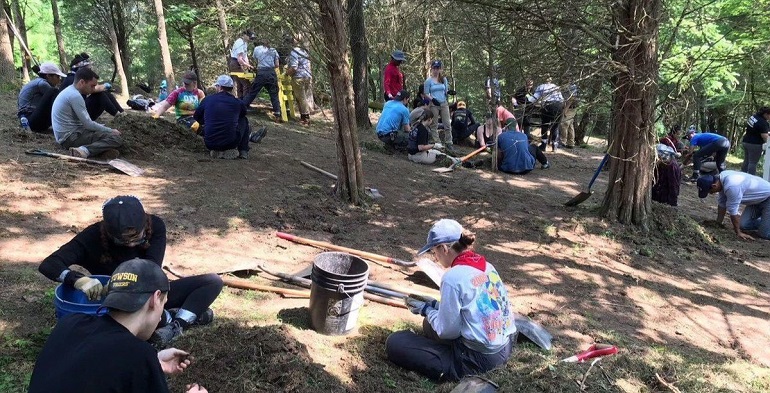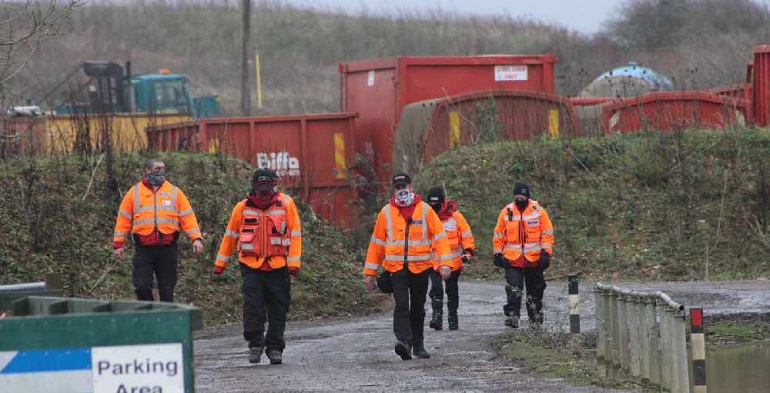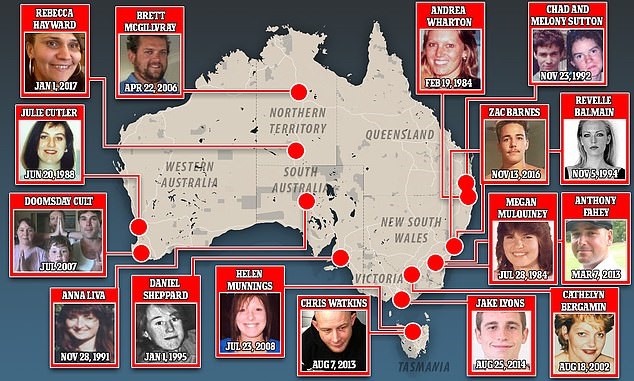Missing
Audrey Alta Moate




Audrey, approximately 1956; Thomas Hotard
Date and time person was reported missing : 11/24/1956
Missing location (approx) :
Laplace, Louisiana
Missing classification : Endangered Missing
Gender : Female
Ethnicity :
White
DOB : 11/24/1925 (95)
Age at the time of disappearance: 31 years old
Height / Weight : Unknown
Description, clothing, jewerly and more : Possibly a bra and a slip.
Distinguishing characteristics, birthmarks, tattoos
: Caucasian female. Blonde hair, gray eyes. Audrey may use the name Audrey Moate Hotard. She wears eyeglasses, but both her pairs were left behind.
Information on the case from local sources, may or may not be correct : Audrey was last seen at Frenier Beach, near Laplace, Louisiana on November 24, 1956. That morning, a hunter and his son saw a blue four-door 1953 Nash Rambler parked five yards from the shore of Lake Pontchartrain. A man and woman were in the backseat. The hunter later identified them as Moate and 46-year-old Thomas Adolph Hotard Sr. A photo of Hotard is posted with this case summary.
Coming back the same way that afternoon, the hunter saw the Nash Rambler again, parked in the same location, but this time the front passenger side door was open. He returned the next day at 10:30 a.m. and when he saw the car still parked where it had been the day before, this time he went to investigate.
There was a basket of food, packed as if for a picnic, in the car, and the keys were still in the ignition. The front seat of the car was folded backward so it was level with the rear seat, forming a bed, and there was a pillow and sleeping bag spread across the bed.
On top of the pillow and sleeping bag was Hotard's body. He had been shot in the back; someone had pressed a sixteen-gauge shotgun, loaded with Number 7 or Number 8 birdshot, against the rear window glass and fired. He had been dead for between seven and thirty hours by the time his body was discovered. He still had his wallet in his pocket, with his identification, a credit card and a small amount of cash.
On the ground nearby were the partial contents of a woman's purse, and women's clothing, shoes and eyeglasses were found on the floor of the car. Small footprints, as if from a woman's bare feet, lead from the car into the woods nearby. The prints were spaced far apart, indicating the woman had been running.
Along with the bare footprints were the tracks of a man's boots. Five feet away from the car, it appeared as if a struggle had taken place and a set of car keys, not from the Nash Rambler, was found on the ground. The footprints ended at a road leading to the main highway, and a single tire track, possibly from a motorcycle, was located. Audrey was nowhere to be found and she has never been seen again. Her black cloth purse was also missing and has never been found.
At the time of her disappearance, Audrey was divorced and the single parent of three children. She and her children lived with her mother in Baton Rouge, Louisiana. She was employed as a buyer at Kaiser Aluminum in Gramercy, Louisiana in 1956.
Hotard's and Audrey's families believed the two were only good friends, but in fact they had been having an affair for two years and Audrey even sometimes used his name. Hotard, an engineer at Kaiser, was married and had two children. He and Audrey met for trysts on Saturdays, when Audrey's wife thought he was working. After Audrey's disappearance, her 1949 Oldsmobile was found at the cafe where Hotard had picked her up. The keys found at the scene of Hotard's murder turned out to fit Audrey's car's ignition.
Her relationship with Hotard was not the only secret in Audrey's life. She had told her family that following a nervous breakdown, while undergoing treatment at a mental health facility in St. Louis, Missouri, she had adopted a baby girl. The child, named Jacqueline, was a year old at the time of Audrey's disappearance. However, after her disappearance, police learned Audrey had been living in a rented apartment in Baton Rouge, just one mile from her mother's home, during the time she was supposedly in Missouri.
Jacqueline was in fact her biological daughter, born in a local hospital where Audrey checked herself in under the name Audrey A. Hotard. When police were able to look at the contents of Audrey's bank safety deposit box seven years after her disappearance, it contained nothing but Jacqueline's birth certificate. Hotard was listed as the father.
Audrey's two older children went to stay with their paternal grandmother, Norma O'Reilly Moate, in New Orleans, Louisiana after Audrey went missing. On December 6, two weeks after Audrey's disappearance, Norma received a call from someone identifying herself as Audrey. The caller said, "Mom, this is Audrey. I'm in very bad trouble, and I need help." Norma asked, "Where are you, Audrey?" Then the line was cut off. It has not been confirmed that the caller was Audrey, although Norma believed it was. She said she recognized Audrey's accent, and that Audrey always called her "Mom."
The police were able to tEthnicity : the call to a neighborhood near the French Quarter of New Orleans, and they canvassed the area with photos of Audrey, asking if anyone had seen her. Two servers at the Cafe du Monde on Decatur Street described seeing a customer matching Audrey's description in the cafe the night before Norma got the phone call. They said the woman, who looked haggard and disheveled, ordered donuts with coffee, but left shortly afterwards without finishing her food.
A housewife in New Orleans also identified Audrey from a photo, saying she had come to her home on December 6, the day of the phone call to Norma, and asked about a room to rent and to use her phone. The woman, who stayed for dinner with the housewife and her husband, gave a name that sounded like "Mrs. Moate" or "Mrs. Moore" and said her mother lived in Baton Rouge.
Police did not believe Audrey was involved in Hotard's homicide; they stated she had no obvious motive to kill him. She left behind money in her savings account and, although her last paycheck disappeared with her, it was never found. Audrey's ex-husband, George Moate Sr., was interviewed by police and said their parting had been amicable and he hadn't seen her since their divorce. He was ruled out as a suspect after providing an alibi. Authorities also questioned all the hunters and trappers who lived near or frequented the area where Hotard had been killed. None of them were deemed suspects in the case.
In March 1959, two and a half years after Hotard's murder and Audrey's disappearance, there was another violent crime near Frenier Beach that was very similar. While Frank Martinez was fishing at the beach, his wife Leonie Martinez was sitting the parked car nearby. A man fired a .38 caliber revolver through the glass window, wounding her in the shoulder, before he tried to open the locked car door. Leonie leaned on the car horn until Frank came running, and the assailant ran to his own car and drove off.
Leone survived her injuries. The Martinezes were able to get the assailant's car's license plate number, and within an hour police arrested Edmond Joseph Duhe. He had been one of the people who volunteered to help search for Audrey in the aftermath of her disappearance. Investigators found a large collection of pornographic photos in his house, as well as 50 lipstick applicators, five women's purses and over a dozen Gender : magazines. In the trunk of Duhe's car they found more purses, including a plain black cloth one that matched the description of Audrey's missing purse.
Duhe admitted to shooting Leonie Martinez and led police to the spot where he'd dumped the gun he'd used, but said he didn't kill Hotard and didn't know Audrey's whereabouts. He said he had owned a sixteen-gauge shotgun in 1956, but had lost it in 1958. He took two polygraphs about the case and failed both. Duhe pleaded guilty to the attempted murder of Leonie and served ten years in prison. He died in 2003. He was never charged in Audrey's disappearance and Hotard's murder, and it's not clear if he is still a suspect.
In 1989, Marvelle Caronna claimed her father, Ernest Acosta, had had information about the case. He lived within a mile of the murder scene. Before he died in 1980, Ernest told relatives that his late wife, Caroline Schloesser Acosta, killed both Audrey and Hotard outside their home in 1956, and he helped her cover it up.
Ernest said he put Hotard's body in his car and drove it back to Frenier Beach, and he and Caroline hid Audrey's body in a metal fish trap in their yard until the search for her stopped. The next day, they stuffed Audrey’s body into a nine-foot Civil War cannon and sunk it in the swamp. An identical cannon had been discovered in Ruddock in 1977, and stood on display at the parish courthouse in Laplace until 2019. It would have been too heavy for two people to move it without using heavy machinery.
Caronna's account of what her father said about the murder didn't match the evidence, as Hotard had been shot inside his car. However, retired St. John the Baptist Parish sheriff's deputy Wayne Norwood thinks Ernest was involved. He believes Ernest killed Hotard and then raped and murdered Audrey at his home before hiding her body in the cannon and sinking it in a swamp. This theory has never been verified.
Shortly after Audrey's disappearance, her mother moved to Oregon. She asked the newspapers to report her new address, "for when Audrey came back looking for her." She took Jacqueline with her, and the girl was eventually adopted by relatives. Audrey's mother died in the 1980s. Jacqueline is still alive.
Audrey has never been located and Hotard's killer was never identified. Foul play is suspected in her case due to the circumstances involved.
Other information and links : ncy
Interactive Missing Person Search Map

